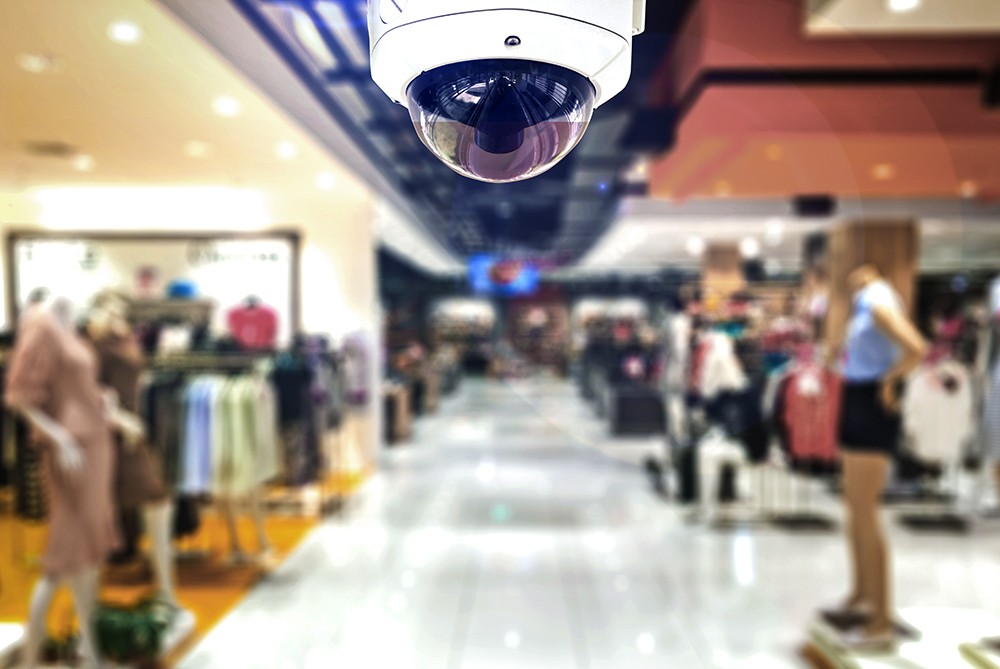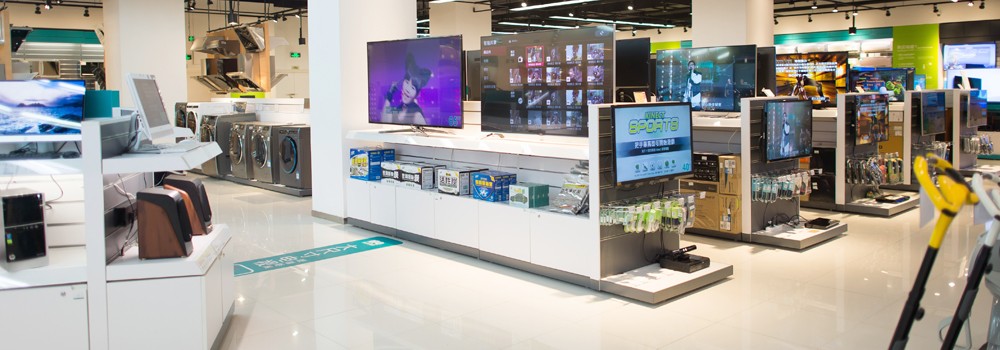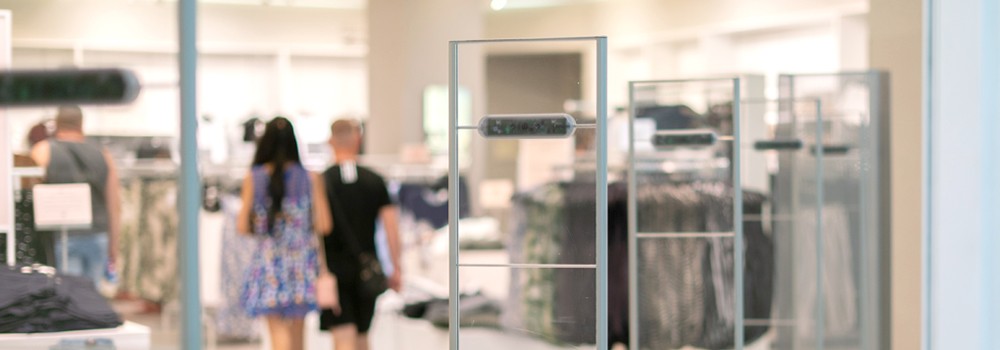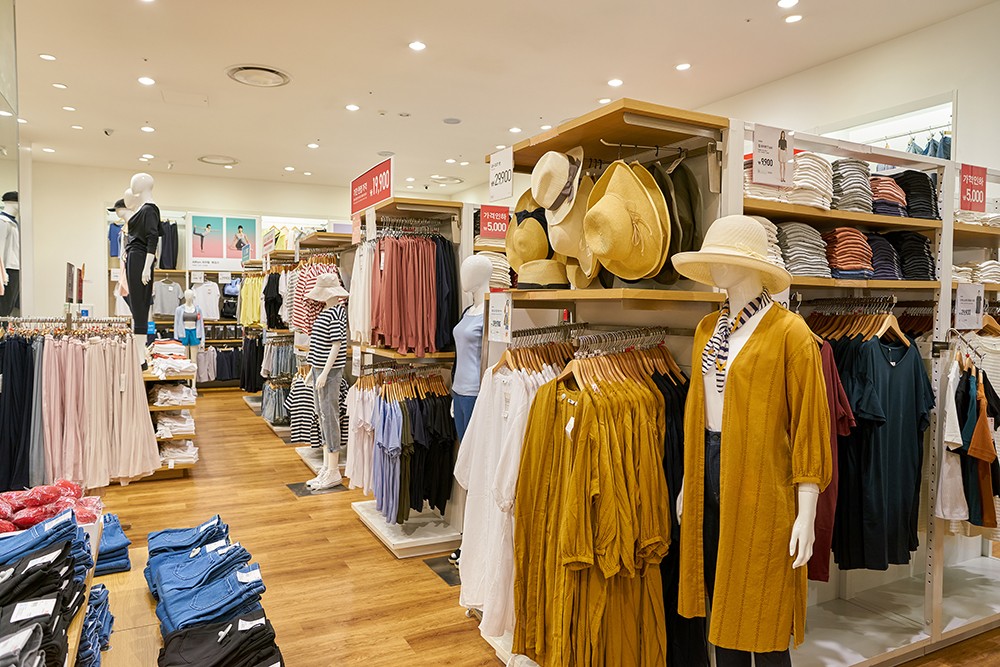
Preventing the snatch and grab
Sudden, frightening and increasingly common, snatch and grab shoplifting is becoming an all too familiar headline.
This form of shoplifting differs from traditional theft attempts in that it often involves more than one assailant, who targets a store as a group, ripping products from display before quickly fleeing.
So how can retailers best protect their store, their staff and their stock against the snatch and grab?
The snatch and grab in action
On July 4, MTMJ-TV Milwaukee posted images of a snatch and grab theft in detail, showing a group of 10 offenders entering an apparel store at Pleasant Prairie, ripping clothes off racks and feeling.
It happened in a matter of seconds, but resulted in the theft of $30,000 worth of merchandise.
Apparel retailers aren’t the only stores to be targeted either. More commonly jewellery stores and electronic retailers find themselves subject to sudden “flash mobs” of thieves seeking high value items like the latest mobile phones, tablets and jewels.
Cult of Mac recently reported a spate of thefts targeting Apple stores, noting in the most recent incident five men stole iPhones and iPads valued at $29,000 from an Apple Store in Southern California.
“They quickly began ripping display items out of the display tables, before fleeing the location,” Cult of Mac explained.
So how can retailers seek to prevent or deter this type of theft?
Preventing the snatch and grab
Preventing snatch and grab shoplifting requires a slightly different approach to combatting individual incidents and traditional shoplifting thefts.
In some cases, the snatch and grab is a simple crime of opportunity where items can easily be accessed from the entryway and make an ideal target for thieves.
In other cases, the snatch and grab is more organised, with the mob of shoplifters having cased the store previously and knowing exactly the items they seek.
Either way the following strategies can assist when it comes to deterring the snatch and grab.
Product positioning

Regardless of whether it’s discounted sale items or high-value electronics, products should be positioned out of immediate reach of the doorway.
Ideally, high-value items like mobile phones and jewellery will be situated close to the Point of Sale in a position which thieves have to make an effort to reach, which takes further time and effort to retreat from.
This makes the products harder to access for shoplifters, and therefore less desirable. It gives retailers additional time to alert emergency services and also greater opportunity to catch images of the thieves on CCTV.
Highly secure displays
Newly-released high security displays offer increased security for products like mobile phones and tablets. They offer features like dual alarms, steel cables, and a steel stand which can withstand up to 180kg of force. They also come with the option of permanent lockdown.
Best practice sees the display tables or counters these displays are fitted to bolted to the floor or secured to the wall.
Lockable stock cabinets
For high-value items like mobile phones, tablets and jewellery, lockable cabinets or stock drawers are also an option. These can be fitted with smart locks and keys which track which staff member accesses the cabinet, how often and at what time.
Dummy displays
Some retailers opt for dummy displays which see mock merchandise displayed on the floor of a retail outlet while actual stock is secured out the back in locked stock cabinets.
This theft prevention method needs to be weighed against the risk of shoplifting and the fact legitimate customers cannot readily interact with the products.
Meanwhile, major electronics retailers often use special versions of software on demo devices which render them useless if stolen from a store.
General security

A store which has an apparent emphasis on security is often less likely to be targeted for thefts, including snatch and grabs.
For retailers, that may mean they emphasise security measures like CCTV through signage, or ensure their product security tags and EAS antenna are visible. This indicates to thieves a store is being monitored consistently.
Meanwhile, apparel stores could consider the addition of benefit denial strategies, such as ink dye pins. These can make items less appealing to thieves because the products they take are rendered useless when the tags are illegally removed.
Security guards
Many retailers are complementing their upgraded product security features with store-based loss prevention strategies like employing security guards.
CCTV
In addition to high security displays and security guards, modern, reliable and clear CCTV footage assists police identify the offenders involved.
Staff Education
Staff should be educated about the rise in snatch and grab incidents and provided with clear instructions about what to do. This includes calling police if there is suspicious activity inside or outside a store, such as groups gathering or people casing a store.
In some instances, retailers have also issued personal distress beacons to staff.
You can learn more about the best security tags and labels available or alternatively find out about upgrading your EAS with benefit denial security tag pins and tags here.


